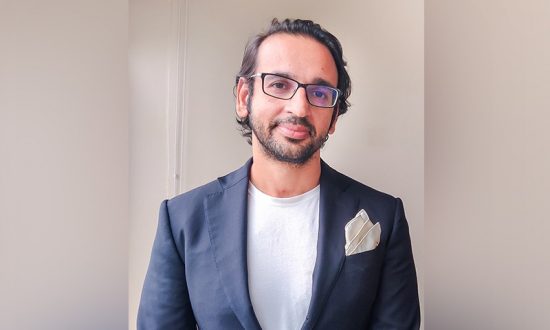Bejoy Suri is the co-founder of E-squared LLP (www.esquared.in), an award-winning digital marketing firm focusing on the higher-education sector. E-squared works with leading Universities in India and globally helping them get maximum impact from their digital marketing efforts.
Perhaps a less-understood criterion for the world’s major University Rankings is ‘Perception Score Weightage’, that is, how the academic and corporate worlds view a particular University. In the QS World Rankings and TIMES Higher Ed Rankings, the magnitude of institute reputation could be 30-80%, depending on the type of ranking. The moot question is how Indian Universities can improve their Perception Score. The straight answer: Perceptions amongst academia and corporate will be built on how often and in what context they have heard about the University. This is where digital marketing comes into the picture.
If University wants to significantly improve ‘perception’ with a three-year horizon, here is a list of five strategic things it should try to focus on:
- Performance Recognition
- Branding
- Advertising
- Social Media
- Reputation Management
Performance Recognition: A University needs to look at how it creates a regular flow of ‘positive news’ for its ‘Perception Stakeholders’, that is, members of academia and corporate world. Some interesting research work has been done in this context, like the one by Reputation 100 Network on the type of news that can create maximum impact on academia globally. Based on this, an institute can design its content strategy for ‘positive news’.
A good example is the relatively new SRM-AP University. The University’s communication page regularly shares a wide variety of content covering the work of faculty members, the institute-industry interface, and many more. The key is to create a regular flow of relevant information.
Branding: To build maximum brand recall, a University needs to have a branding theme that brings out the institute’s USP. The branding theme should also be consistent across stakeholders and platforms. For example, in 2019, Shiv Nadar University launched the campaign ‘Change the Course’. The campaign brought out how students and faculty members are benefitting from Shiv Nadar University’s focus on multidisciplinary education and research work. To know more, use the hashtag #ChangeTheCourse on social media platforms.
Advertising: Most of the Advertising money spent by institutes today is directed at lead generation, with very little earmarked for branding and influencer marketing. A University should try to set aside 5-15% of the total advertising budget for pure online branding campaigns. For instance, boosting faculty posts on LinkedIn to reach out to an audience of relevant academics around the world. Interesting research work has been done on advertising that can positively impact perception.
Social Media: Several institutes are now able to do a good job of bringing out basic posts on their Facebook pages. However, a lot more can be done to strategize campaigns across social media properties that can become branded properties.
For instance, some time back FLAME University launched an engaging campaign – #FLAMEInfluencerSeries – on LinkedIn to highlight faculty research and thought leadership.
Reputation Management: At the end of the day, the content being created, the campaigns being carried out, and related initiatives should come up on search results. When a stakeholder searches the name of the institute on Google, is the page full of links to education portals or the institute’s properties on Facebook, Wikipedia, blogs, etc.? Focused SEO activities can ensure that the institute gets precedence when search results get displayed.
These set of five activities, in totality that can help an institute in creating a high brand recall amongst academia and corporate and positively influence perception rankings.






